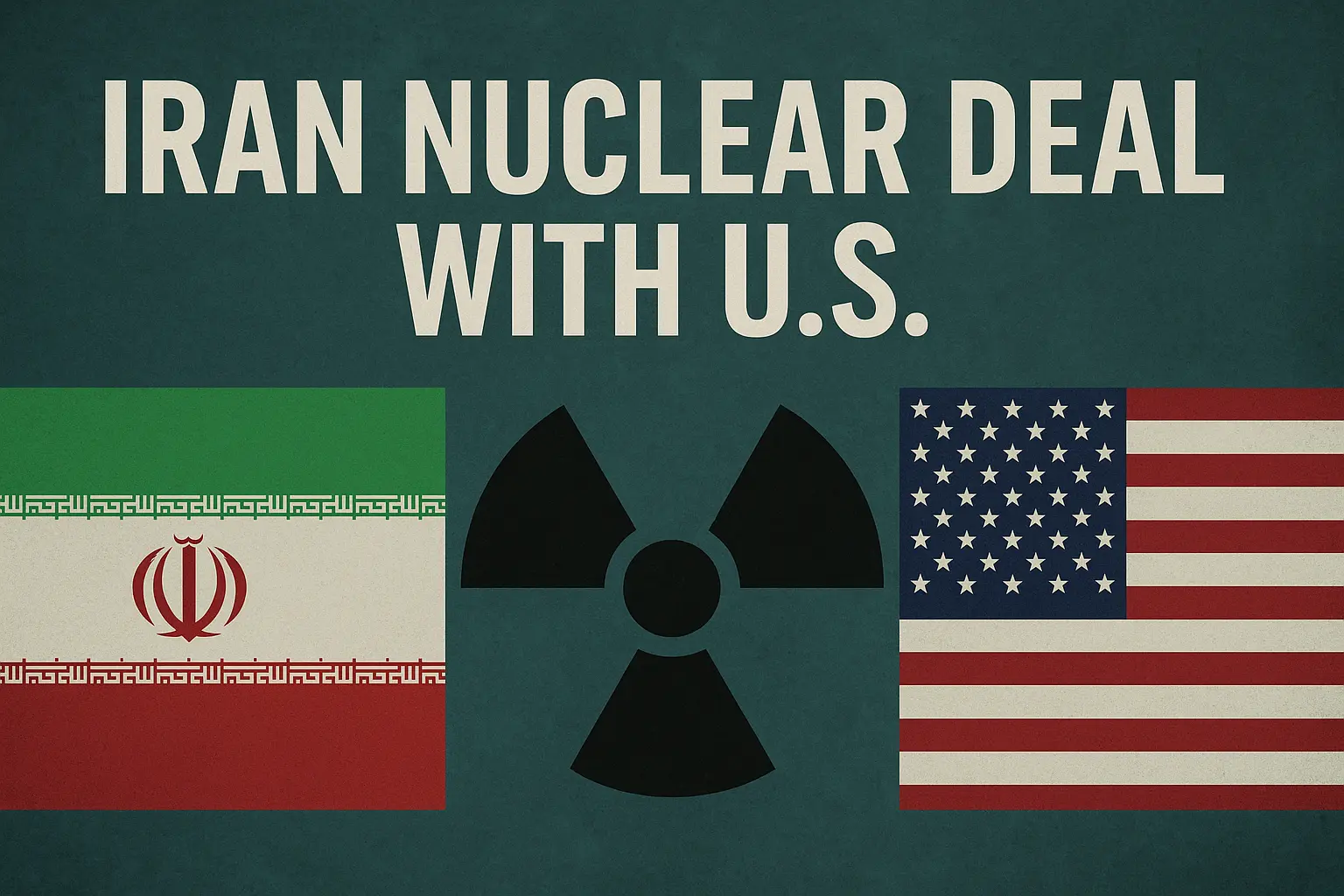US President Donald Trump has proposed a new vision for the Iran nuclear deal, emphasizing a hardline approach that grants the US the right to:
-
Inspect any facility in Iran, including labs and nuclear sites.
-
Seize materials as deemed necessary.
-
Destroy facilities, if required, without risk to American lives.
Connecting Trump’s Nuclear Deal Vision and Stuxnet
The Stuxnet Context:
- Stuxnet was a cyber-weapon reportedly developed jointly by the US and Israel, discovered in 2010.
- It specifically targeted Iran’s nuclear enrichment facilities, particularly centrifuges at Natanz, causing significant physical damage by manipulating industrial control systems (ICS).
- Stuxnet was a pioneering act of cyber warfare that blurred the lines between cyberattacks and kinetic military actions. It demonstrated how a nation-state’s objectives in this case, limiting Iran’s nuclear capability could be achieved without traditional military strikes.
Trump’s Vision vs. Stuxnet’s Legacy:
- The article in the Economic Times (India) discusses Trump’s stance on a nuclear deal with Iran that permits the US to “destroy” nuclear sites. He envisions a “very strong” deal allowing the US to:
- Inspect at will.
- Take whatever they want.
- Blow up sites without consequences.
- This is an explicit military-centric approach—in contrast to Stuxnet’s covert, cyber-focused strategy.
- Stuxnet, by contrast, allowed for deniability, minimal collateral damage, and geopolitical maneuvering without an open declaration of war.

My Views:
Cyber Warfare vs. Military Action:
Stuxnet showcased the power of cyber capabilities—to achieve military objectives without boots on the ground. It also opened Pandora’s box for cyber weapons globally. Trump’s approach, by contrast, could legitimize kinetic strikes on nuclear facilities, escalating global tensions and increasing the risk of retaliation.
Legal and Diplomatic Risks:
Stuxnet operated in a legal grey zone—no public admission, no formal consequences. Trump’s proposal, however, suggests an explicit breach of sovereignty, likely triggering international condemnation and undermining trust in global diplomacy.
Cybersecurity Perspective:
The shift from cyber tools to physical destruction suggests a rollback in covert capabilities and a risk of widening conflicts. It could also provoke adversaries to develop counter-cyber capabilities or asymmetric responses, further weaponizing cyberspace.
Strategic Recommendation:
Instead of overt destruction, the US (and its allies) should focus on:
-
Strengthening cyber deterrence.
-
Establishing global norms on cyber warfare (e.g., ICS protections).
-
Pursuing multilateral engagement rather than unilateral actions.
-
Investing in cyber defense of critical infrastructure globally to prevent retaliation.
Stuxnet was the first shot in the era of cyberwarfare; Trump’s vision risks shifting the battle from cyber domain to physical destruction, potentially escalating conflicts. Both approaches have profound consequences—one silent, the other loud—but neither fully addresses the need for long-term stability in the nuclear and cyber landscape.
Express your views at: pn@techgyan.ai



